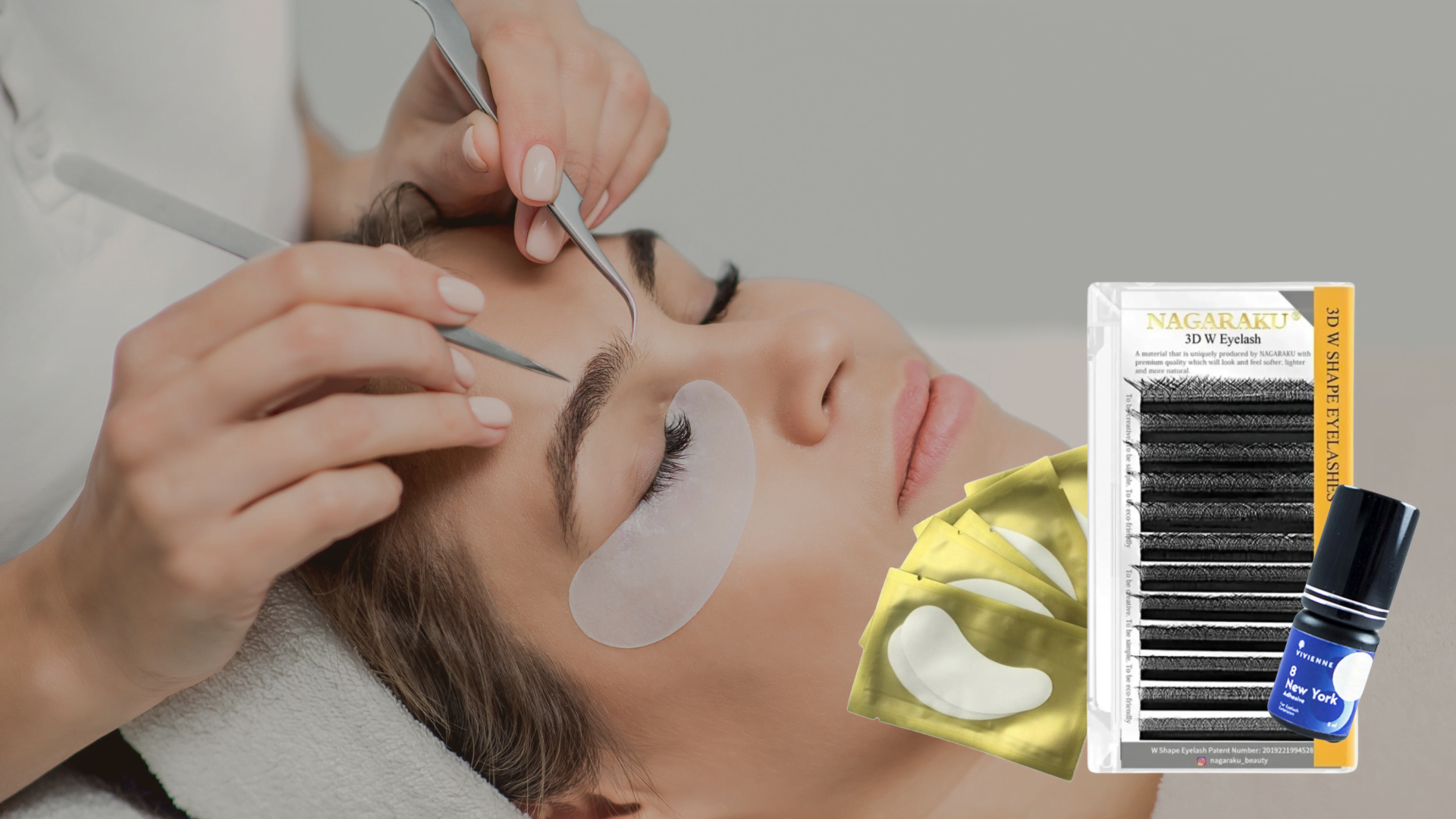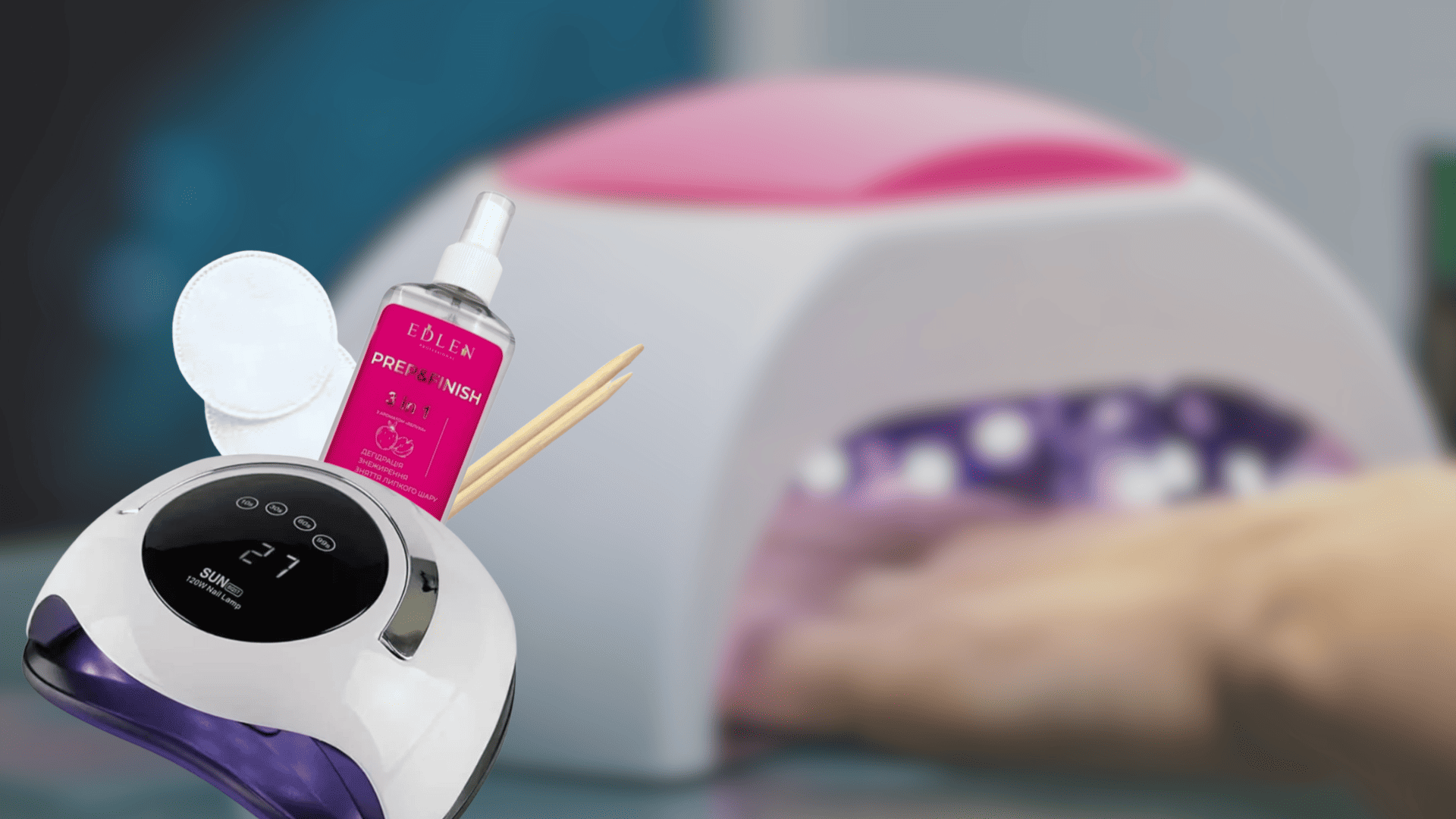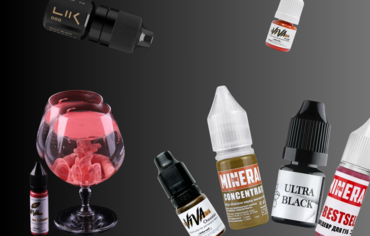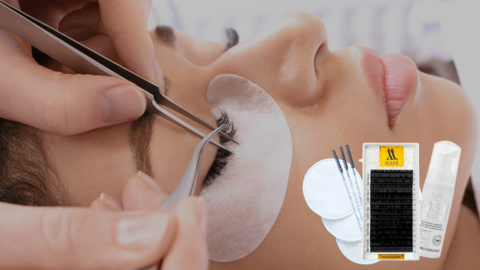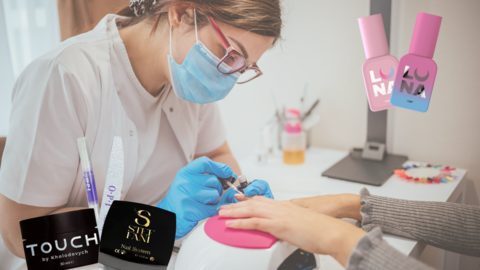How to Choose the Right Eyelash Dye After Laminating: Tips for Professionals

Eyelash lamination makes lashes more expressive, adding volume and a groomed look. However, many clients want to emphasize or change the color of their lashes according to their style or appearance. In such cases, dyeing becomes the best solution. So how to choose the right dye after lamination to achieve the desired result and not damage the lashes? Below are the main recommendations for professionals.
1. Consider the Condition of Lashes After Laminating
After lamination, the structure of the lashes becomes smoother, and they are more elastic and less porous. This means some dyes may be absorbed less effectively, or conversely, too quickly. Therefore, it is important:
- To use dye that is compatible with laminated lashes. Some manufacturers have special lines designed with laminated lash properties in mind.
- To follow the recommended processing time. It is generally shorter than for natural lashes without prior procedures.
2. Choose a Quality Product
The composition and quality of the dye directly affect the health of the lashes and the skin around the eyes. Pay attention to:
- Hypoallergenic properties and the absence of aggressive ingredients (e.g., excessive ammonia content).
- Presence of protective and nourishing ingredients (e.g., panthenol or keratin) that help strengthen the hair without damaging it.
- The reputation of the brand. Well-known manufacturers generally monitor quality more closely and offer certified products with detailed instructions.
3. Pay Attention to the Palette and Undertone
The color that works well for eyebrows may be too intense or too cold for lashes. Choosing the right shade is crucial to avoid an unnatural result:
- Classic Black. The most common option, suitable for most clients. It adds depth to the look and makes lashes visually thicker.
- Blue-Black. More intense and deep, it highlights cool color types and makes the gaze more contrasting.
- Brown. Ideal for blondes or those who want a softer, more natural effect. Perfect for a warm skin tone.
- Mixed Shades. Sometimes professionals mix black with brown or blue (depending on the brand) to achieve a unique shade with the desired undertone.
4. Consider the Client’s Skin Type and Color
The skin around the eyes is very sensitive, so it is advisable to perform an allergy test or at least consult the client about possible reactions. Regarding the shade:
- If the client has light skin, too intense or cold a color may look harsh.
- For darker or tanned skin, black and blue-black shades will be more natural.
5. Dyeing Technique and Processing Time
Since the lashes are already laminated:
- It is not recommended to dye immediately after lamination. It is generally advised to wait 24–48 hours for the lamination product to stabilize completely in the lashes.
- Reduce the processing time. Due to the changed structure of the lashes, some dyes can take effect more quickly. If left on too long, the color may become too intense or damage the already laminated hairs.
- Choose the right oxidizer. Some brands offer special activators with lower hydrogen peroxide content for use after lamination.
6. Aftercare Tips
After dyeing and laminating, lashes require minimal but proper care:
- Avoid aggressive makeup removers. Micellar water or foam are better options than oily or alcohol-based solutions.
- Moisturization and nourishment. Recommend special serums or nourishing oils to your clients. This care helps maintain the lamination effect and color intensity longer.
- Avoid rubbing your eyes. Mechanical friction can cause premature removal of color and disrupt the structure of the lashes.
7. Backup Options
If there are doubts about the long-term results or effect during or after the procedure, it is worth:
- Testing shades on samples (special brushes or artificial lashes). This ensures that the color is suitable and helps determine the ideal processing time.
- Always having a few basic shades in stock (black, brown, blue-black) and the ability to quickly mix the desired shade.
Conclusion
Choosing the right dye for lashes after lamination depends on the condition and structure of the lashes, the color palette, and the desired result. A professional should choose a quality product, monitor the processing time, and use gentle aftercare methods to ensure the health of the lashes and meet the client’s aesthetic expectations. The right shade selection and adherence to technique will help achieve a harmonious, long-lasting, and attractive result.

